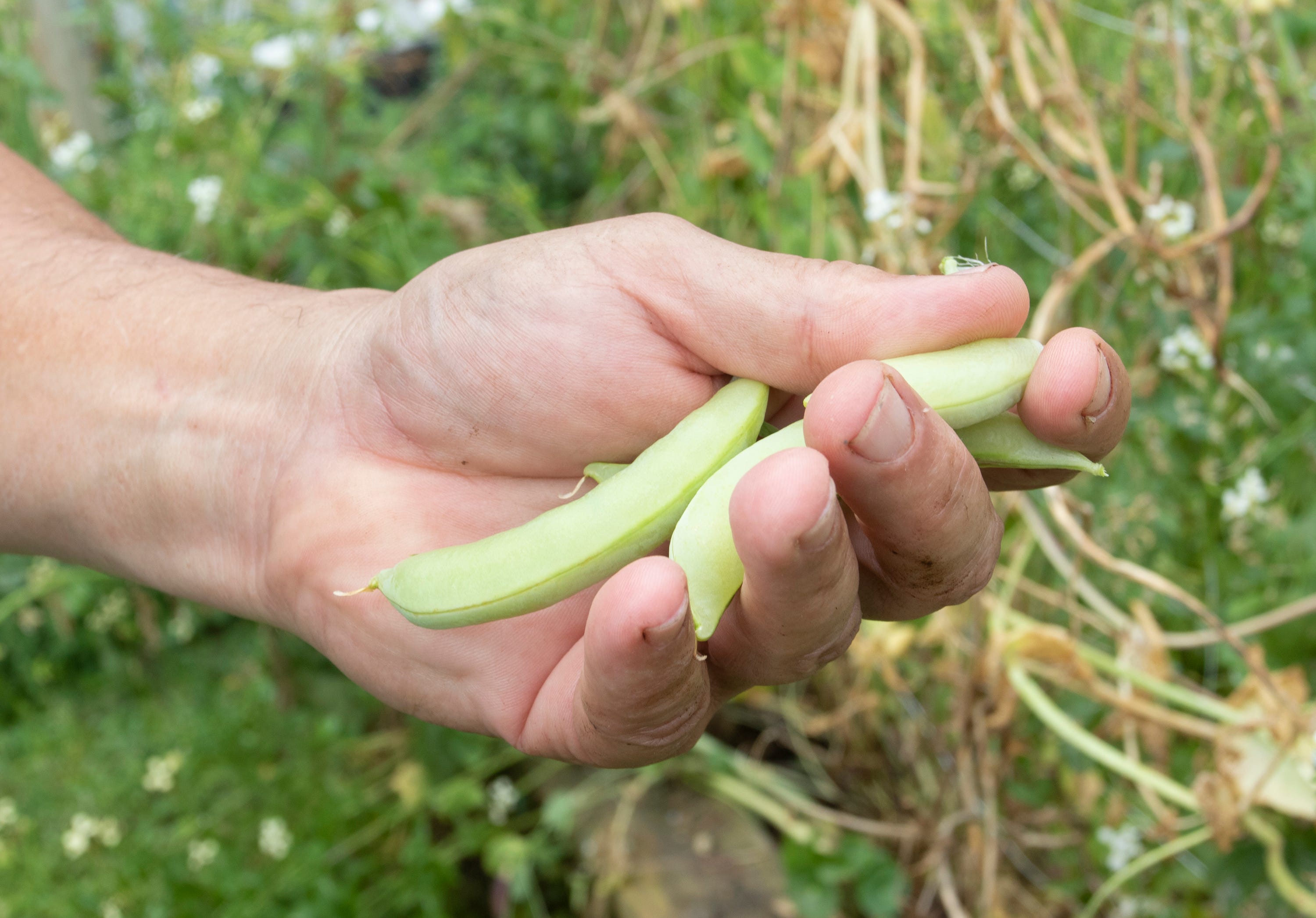
Almost 65 years ago, the Pensacola Municipal Advertising Board, in an early move to foster citizen enjoyment of history, placed a small metal marker in the median between Palafox and Baylen Street. The marker's bold type said that here the British had encouraged gardening, and in an unusual choice of names, listed this newly formed street as La Calle Jardin. Why the French title? And what meaning was given to the street's name?
The story's beginning actually dates from 1764 or 1765, the timing related to the work of Army engineer Elias Durnford, who on orders from Gov. George Johnstone had drafted a new mapped layout for the community to succeed the loose, rather disorganized system the Spanish had laid down a decade earlier. In the Durnford map, many of the principal streets were named for the British monarchs or nobles, thus soon people would be passing along King George Street, Queen Charlotte Street or Lord Bute Avenue. Each name made good sense to the newly arrived residents. But La Calle Jardin? That required some explanation then as it almost does today). The mechanics of the action went like this:
The Durnford map arranged for building lots to be neatly placed, throughout the village, in measured dimensions, along city streets. Assignment of the lots was done in a system which was, at that time, fairly standard. Residents, homemakers, business operators and leaders of government all were assigned lots (for which most paid an initial fee or tax). The assignments were according to the position of the parties within the community, with those in more prominent roles given preference. Thus some in the higher order would enjoy views of the water, and the added comfort of summer breezes.
Elias Durnsford: Meet the engineer whose map making shaped Pensacola
Commercial operators (including the wig maker, the shoe smith and the typesetter) were generally placed in a section, along one or two of the streets, to afford convenience for customers. Government leaders drew some of the more desirable places. And each resident, as he paid his due, also was given a second lot, measured 80 feet by 278 feet, all sites placed, side by side, along a single street.
This arrangement was for one specific purpose. Each family was being encouraged to obtain seeds and to plant and harvest fresh vegetables, for Gov. Johnstone and his council, encouraged by Dr. John Lorimer, believed that such a measure would encourage a good diet for everyone. Logically, the governor and council gave this avenue a special name: Garden Street. The leaders further encouraged the practices by making certain that an early shipment from England would include the many kinds of seeds that all wished to plant, also making experiments since no one was certain as to the fertility of the soil.
The plan proceeded as per design. The lots were given as ordered, and many of the families became "planters." An account which circulated in 1767 said that as vegetables matured, the community developed a sort of custom, having many who would do so congregate on a set day, to enjoy watching the success of the families, and the level of growth enjoyed. Dr. Lorimer, who already was penning long accounts of the fevers experienced here by residents and the military in the later summer months, gave an opinion that a diet with many vegetables might be a defense against what the doctor simply called "the fevers."
► Celebrate the birth of the stars and stripes this Flag Day
► On 76th anniversary of D-Day, take time to reflect on history, sacrifice
The Spanish attacked British Pensacola in January of 1781, and the siege laid by Gen. Bernardo de Galvez was successful. By mid-May the majority of British, civilians and military, were preparing to exit. Then, as Spanish took charge their government leaders took the logical step of renaming streets; the new Spanish West Florida did not have a specific garden avenue, nor was there a special encouragement to plant vegetables.
However, when American control was introduced here in 1821 once again street labels were under study. Then, while a number of the recently assigned Spanish names were maintained, Garden Street returned! However, there is little evidence that the American citizenry went into a cooperative vegetable culture. Even so, as the marker in the median says today, Pensacola still does have its Garden Street.
John Appleyard is a Pensacola historian and writes a weekly historical column in the Pensacola News Journal. His 15-minute films about Pensacola are viewable, without charge, from 10 a.m. to 4:30 p.m. Tuesday through Saturday in The Cottage, 213 E. Zaragoza St.
"street" - Google News
June 21, 2020 at 07:16PM
https://ift.tt/3hM3nrx
Garden Street's name has roots back to family gardens in 1700s| John Appleyard - Pensacola News Journal
"street" - Google News
https://ift.tt/2Ql4mmJ
Shoes Man Tutorial
Pos News Update
Meme Update
Korean Entertainment News
Japan News Update


No comments:
Post a Comment